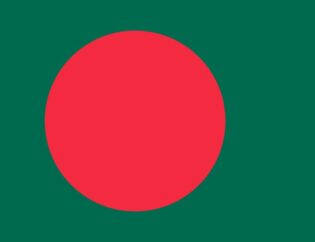
Philippines - overview
The Philippines, an archipelago with a land area of 300,000 square kilometers and a population of approximately 114,597,229, is a nation rich in cultural and historical heritage. The capital city, Manila, serves as the political and economic hub. The name "Philippines" traces back to Spanish explorer Ruy López de Villalobos, who named the islands after King Philip II of Spain. Over centuries, this collection of islands has seen diverse influences from Chinese, Spanish, and American colonizers, all of which have deeply impacted its cultural and culinary landscapes.
Filipino cuisine
Filipino cuisine is a vibrant blend of indigenous flavors and foreign influences, showcasing a variety of tastes from the archipelago's numerous ethnolinguistic groups. The cuisine is characterized by a balance of sweet, sour, and salty flavors, with a penchant for bold and savory dishes. Staple ingredients include rice, fish, and vegetables, complemented by pork, chicken, and beef. Traditional dishes range from simple meals like fried fish with rice to elaborate feasts featuring dishes such as lechón (roast pig), adobo (meat stewed in vinegar and soy sauce), and kare-kare (oxtail in peanut sauce). Influences from Chinese, Spanish, and American cuisines have introduced items like noodles, empanadas, and fried chicken into the Filipino culinary repertoire, creating a rich and diverse gastronomic tradition.
Mushrooms in filipino kitchen
In Filipino cuisine, mushrooms are a cherished ingredient that enhances a variety of dishes with their distinct flavors and textures. The types of mushrooms most commonly used in Filipino cooking include:
- White mushrooms - Versatile and mild, perfect for soups and stir-fries.
- Boletes - Known for their earthy flavor, often used in rich stews.
- Puffballs - Delicate and tender, adding a unique texture to dishes.
- Oyster mushrooms - With their subtle flavor, ideal for sautéing and adding to sauces.
These mushrooms are integrated into numerous traditional and contemporary dishes, showcasing their adaptability and importance in Filipino culinary practices.
Filipino dishes with mushrooms
Filipino dishes with mushrooms creatively incorporate these fungi to add depth and richness. Noteworthy examples include:
- Mushroom Hamonado - A sweet and savory dish where mushrooms are cooked with pineapple and pork.
- Chicken mushrooms in oyster sauce - A flavorful combination of chicken and mushrooms simmered in a savory oyster sauce.
- Mushroom Sisig - A vegetarian version of the popular sisig, using mushrooms instead of the traditional pork.
These Filipino dishes with mushrooms highlight the versatility of mushrooms in enhancing the flavors and textures of various recipes, reflecting the innovative spirit and rich culinary heritage of the Philippines.











